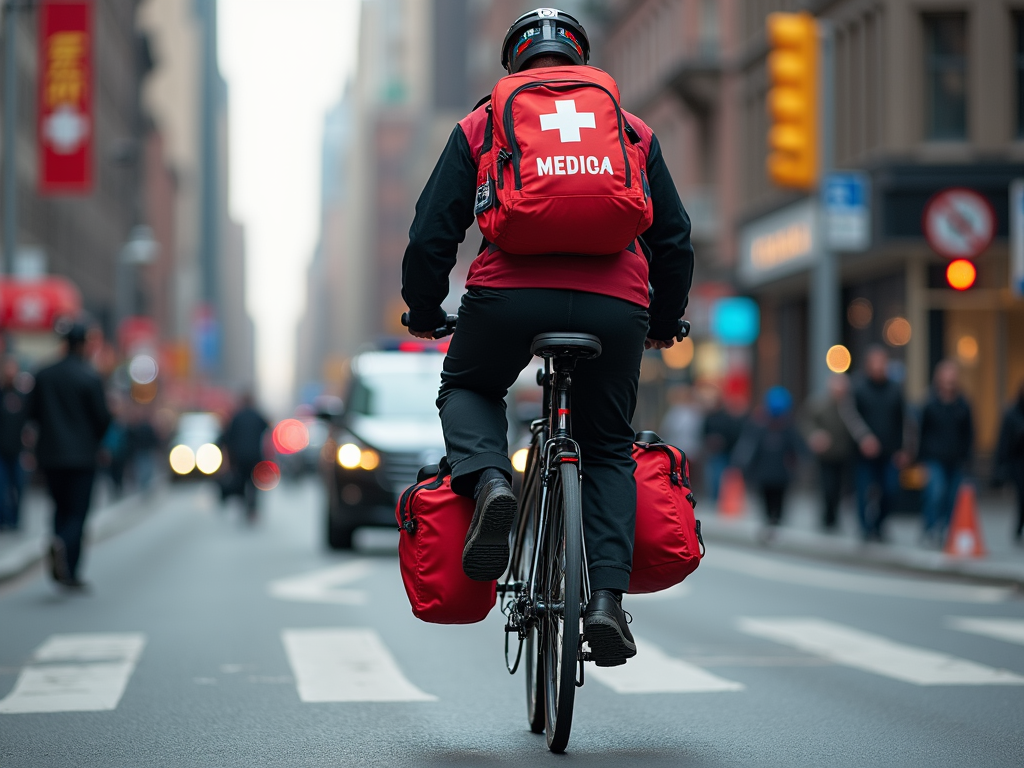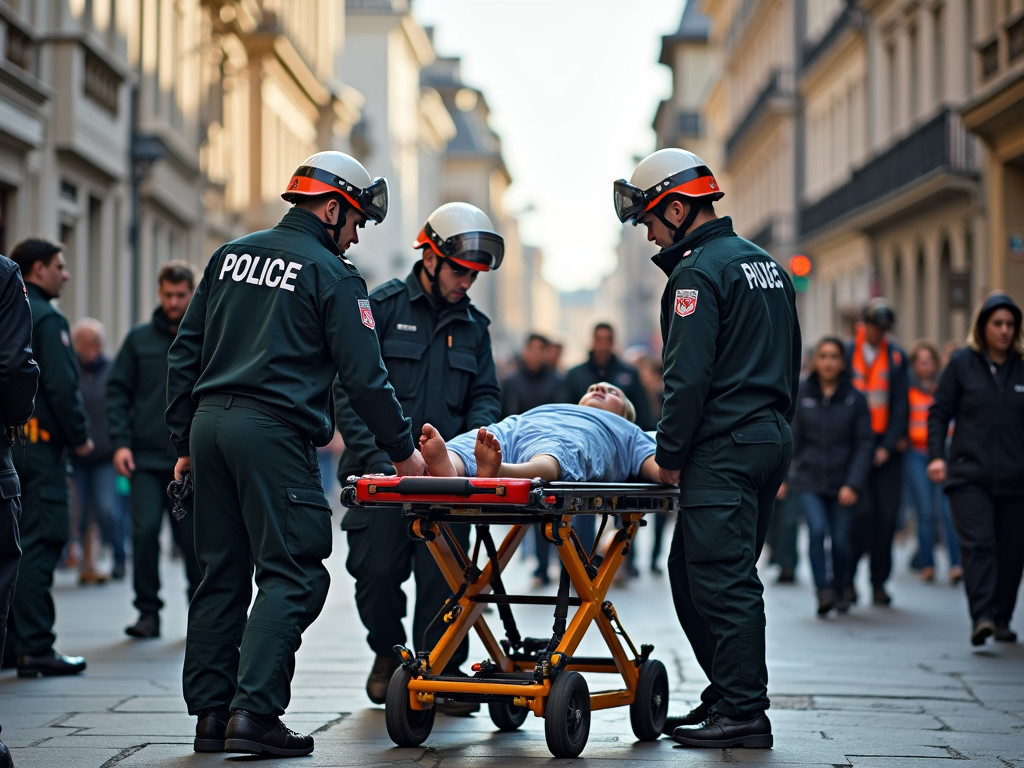Urban emergency medical services (EMS) are vital for saving lives in densely populated cities, but they face unique challenges like traffic congestion and resource disparities. This article explores these issues and offers solutions to improve access to care, promote health equity, and strengthen community health in urban areas.
Cities are busy places. Millions of people live, work, and move around in them every day. When an emergency happens—like a heart attack or a car accident—EMS teams need to act fast. But things like traffic jams and crowded hospitals can slow them down, putting lives at risk.

I’ve seen this firsthand. Once, I watched an ambulance struggle to get through rush-hour traffic near my apartment. The siren blared, but cars couldn’t move. It made me realize how tough it is for EMS to reach people quickly in urban settings.
Traffic is a huge problem for improving urban emergency medical services. In places like Los Angeles or Chicago, ambulances can take over 10 minutes to arrive during busy times. That’s too long when every second counts. Narrow streets and tall buildings only make it harder.

Then there’s the sheer number of emergencies. Cities have more people, so EMS gets more calls. This can stretch teams thin, especially if they don’t have enough ambulances or staff. It’s a challenge that needs smart fixes.
Access to care in emergency situations goes beyond just getting to the scene. It’s also about what happens next. If the nearest hospital is packed, patients might wait hours for treatment. During flu season or a big crisis, this gets even worse.

Health equity ties into this too. Not everyone gets the same level of care. In some neighborhoods—often the wealthier ones—EMS arrives faster, and hospitals are better equipped. In poorer areas, delays are common, and resources are scarce. That’s not fair.
I’ve noticed this in my own city. One side of town has shiny new clinics, while the other relies on outdated facilities. Studies back this up: slower EMS responses in underserved areas lead to worse outcomes, especially for minorities or low-income families.

So, how do we fix this? One way is using data. Cities can look at past emergency calls to figure out where and when they happen most. Then, they can park ambulances in those spots ahead of time. It’s a simple idea that cuts down response times.
Technology helps too. GPS and traffic apps can guide EMS teams around jams. Some places even change traffic lights to green when an ambulance is near. These small changes can shave minutes off a trip—minutes that save lives.

Here’s a cool idea: telemedicine. Imagine paramedics using video calls to talk to doctors while they’re with a patient. The doctor can give advice right away, helping the team make better decisions before they even reach the hospital.
Communities can step up too. Training people in CPR or first aid turns regular folks into helpers. If someone collapses at the park, a trained neighbor could keep them stable until the pros arrive. It’s a game-changer for community health.

Community health workers are another big win. They teach people when to call EMS and how to avoid emergencies—like managing diabetes or asthma. This cuts down on unnecessary calls, freeing up ambulances for real crises.
Some cities are already doing this right. Take Amsterdam—they use bike paramedics. These pros zip through traffic on bicycles, carrying gear to start treatment fast. In the city center, it’s cut response times by half. Pretty smart, right?

Looking ahead, drones could be next. Picture a drone dropping off a defibrillator for a heart attack victim before the ambulance even gets there. It’s not sci-fi—some places are testing this now, and it’s working.
But it’s not just about gadgets. EMS needs to team up with hospitals and local groups. Together, they can tackle big issues like overcrowding or unequal care. It’s about building a system that works for everyone.

Here’s a quick list of actionable steps cities can take: - Use data to place ambulances smarter. - Add tech like GPS and signal changes. - Train people in basic life-saving skills. - Fix disparities by boosting resources in underserved areas. These aren’t hard, but they take effort.
Improving urban emergency medical services isn’t easy, but it’s worth it. Faster responses, better hospital access, and fair treatment for all can save countless lives. As cities grow, we can’t ignore this—it’s about keeping people safe, no matter where they live.

In short, improving urban EMS means tackling traffic, using tech, and involving communities. It’s about making sure everyone has access to care in emergency situations. With some creativity and teamwork, cities can get this right—and health equity can become a reality.
Discuss Here